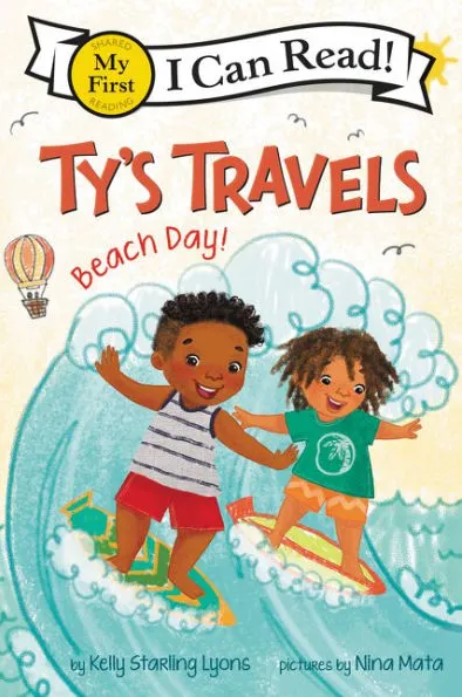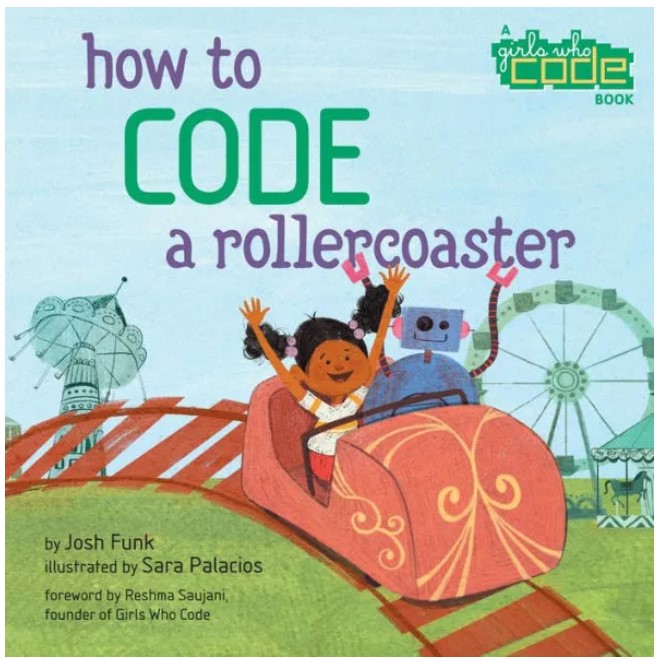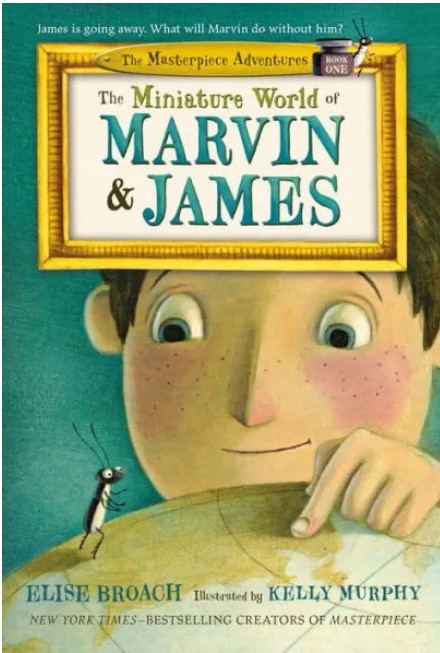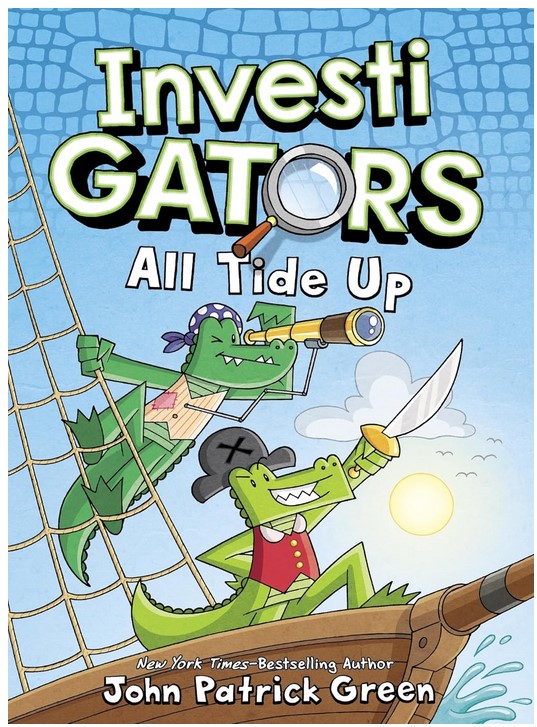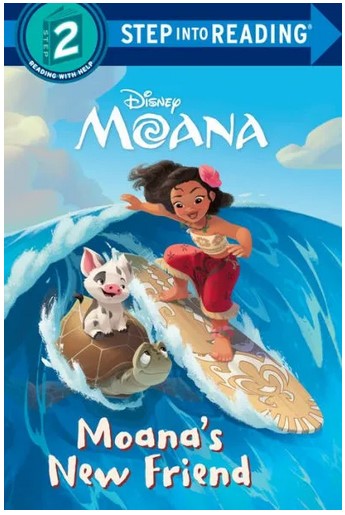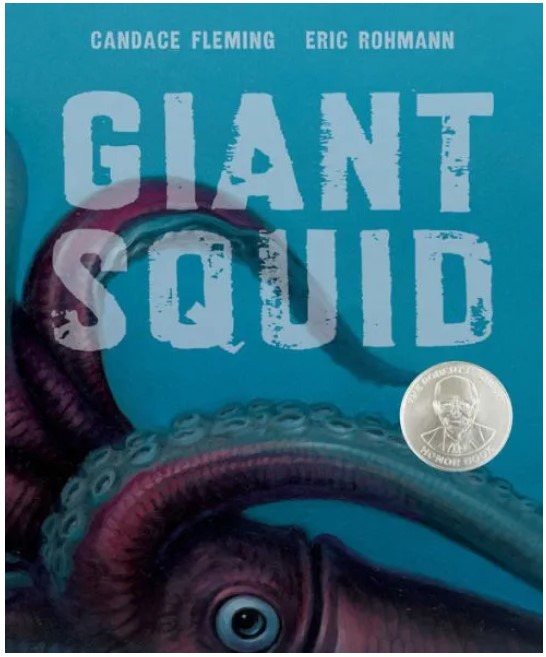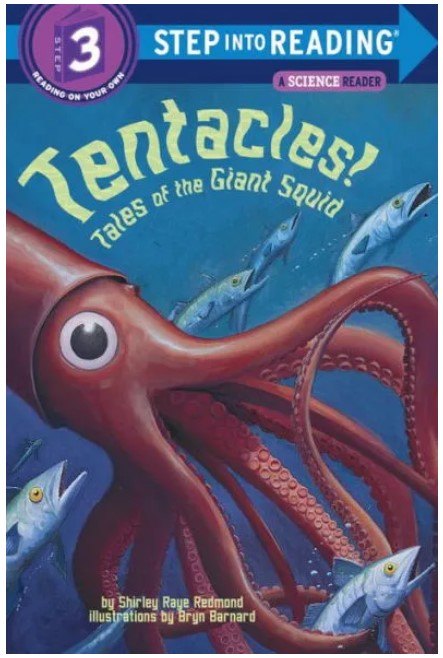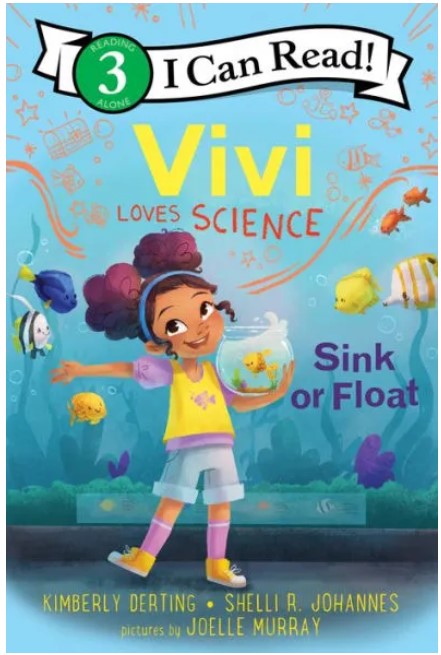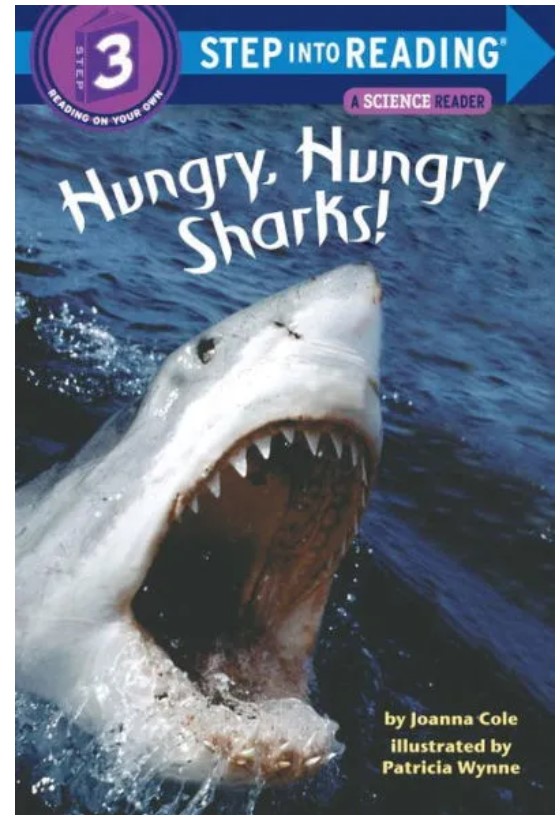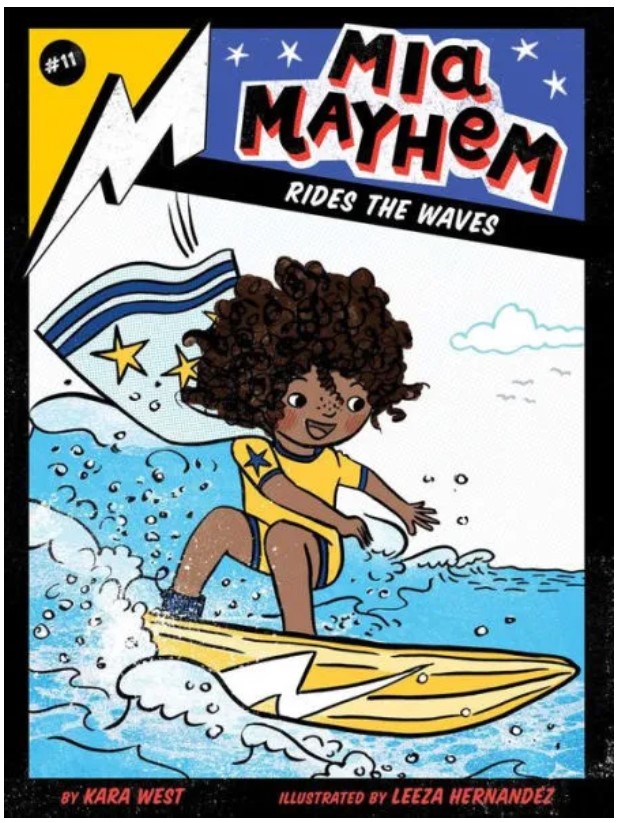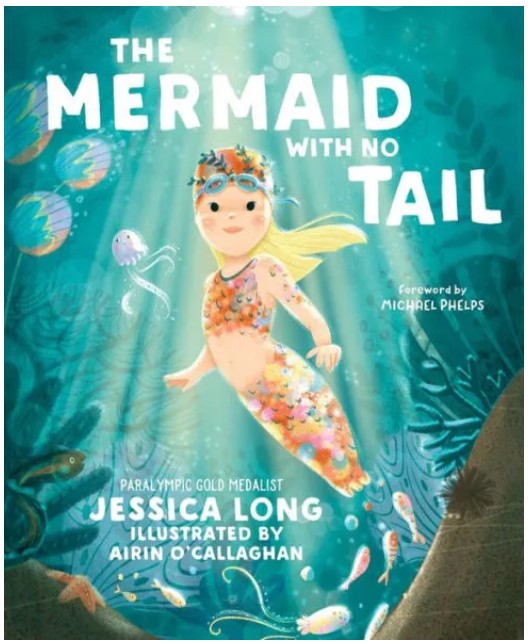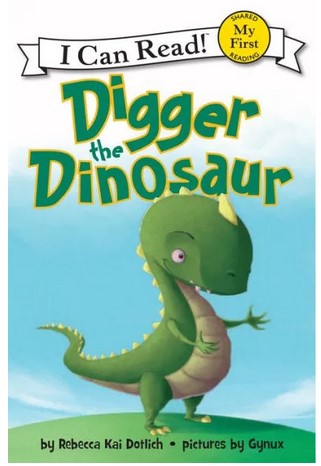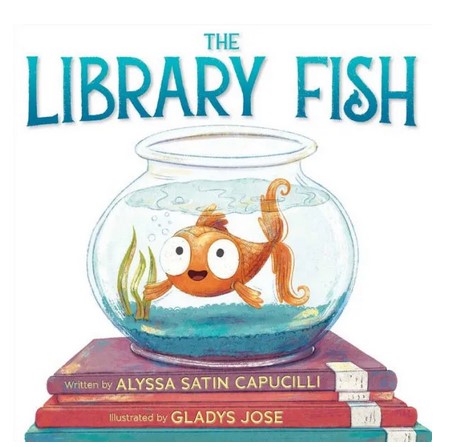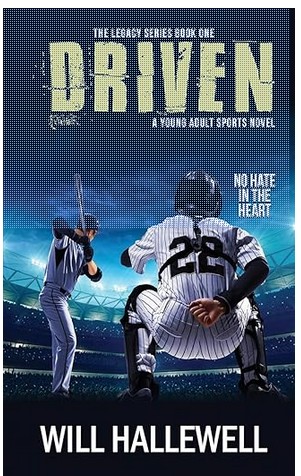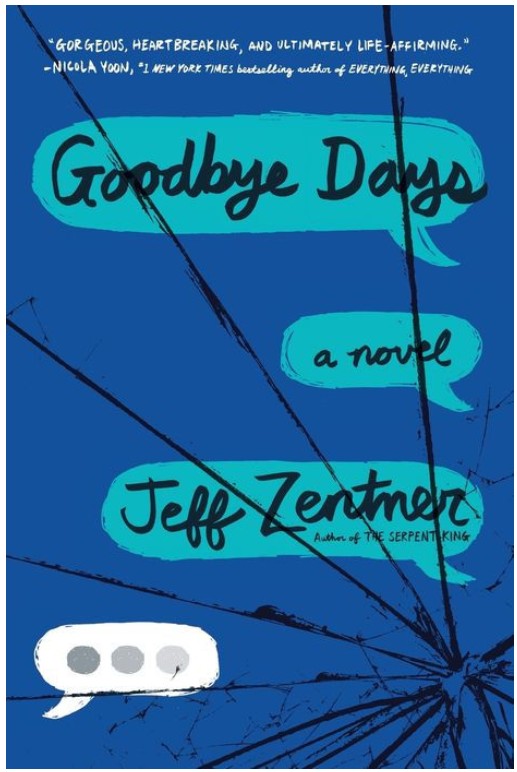When an airport needs an expansion, the Construction Site crew is on the job! With help from fun new vehicles from the airport, they’ll build new roads and runways, prep planes for their trips, and clean up after a surprise snowstorm.
The airport is a busy place—Belt Loader, Tractor, Snowplow, and many other vehicles pull the planes, pump the fuel, move the luggage, maintain the runways, and much more. Working together, the team will get all the planes in the air in time for a sweet and sleepy goodnight.
Anyone who loves trucks will want to read Construction Site: Taking Flight. The picture book shows how each truck uses its special talent to complete specific parts of the job. For example, Excavator “digs and scoops to make a hole—a huge foundation, wide and deep.” Once Excavator completes his part of the job, Loader and Dump Truck work together to “haul the dirt away.” Even though expanding the airport is a huge job, by working together, the trucks finish the task. This reinforces the value of teamwork and the joy of a job well done.
Some readers may be overwhelmed with all of the activity taking place at the airport because the story doesn’t only focus on the construction project. The book also includes trucks that help keep the airport running smoothly, such as trucks that carry luggage, trucks that pull “a plane away to tech,” cargo planes, a rubber removal machine, and others. There is also a snow removal team that works hard to clear the runway. The airport is a busy place, which is reflected in the story.
Even though Construction Site: Taking Flight is a picture book, it is intended to be read aloud to children instead of having them read it independently. The story uses rhyming and onomatopoeia, which make the story fun to read. The illustrations use primary colors and show each vehicle with a smile on its face. Each page has one to four sentences that keep the story flowing at a fast pace.
In the conclusion of Construction Site: Taking Flight, the trucks “roll into bed, drift off to sleep, and dream of flight.” The book’s conclusion makes it the perfect bedtime story. After playing hard all day, little readers will want to snuggle up and drift off to sleep, just like the trucks. And after reading Construction Site: Taking Flight, readers will dream of all the places they could go.
Sexual Content
- None
Violence
- None
Drugs and Alcohol
- None
Language
- None
Supernatural
- None
Spiritual Content
- None

